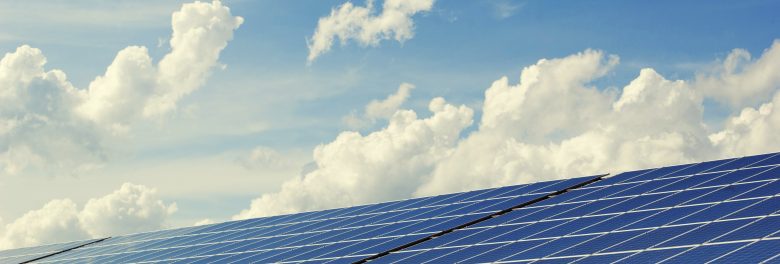
Solar PV panels are no longer truly a net-zero carbon technology.
A net-zero carbon technology will generate more carbon savings in operation than the embodied carbon used to produce it.
PV panels have a high initial carbon cost (~640 kg CO2e for a 250 W monocrystalline PV panel). PV panels produce renewable electricity which offsets the electrical grid’s carbon emissions. This means the carbon payback will take longer as the electrical grid carbon intensity reduces.
A typical PV panel installed today is not expected to have a carbon payback within its lifetime (25 years). This is based on an industry analysis on embodied carbon of PV (IEA) and the BEIS Greenbook electrical grid carbon intensity projections.
However, this result does not mean that PV should no longer be provided:
- It is the greater use of renewables such as PV that are helping to drive the electrical grid carbon intensity down;
- Future PV panels will have lower embodied carbon as they will also benefit from wider decarbonisation, supply chain improvements and better material selection;
- Local authorities will keep pushing for the installation of PV irrespective of this finding;
Solar PV will therefore continue to be a widely used technology.
This exercise has demonstrated that appropriate technology selection has become ever more complex. It is bespoke and should be a comparative exercise, e.g., PV could still be better than other ways of generating low carbon electricity.
Posted on March 9th, 2021
Author: Nikhil Doshi
Related services: SBEM (Non-domestic), SAP (Domestic), Renewable Energy Feasibility Studies, Whole Life Cycle Carbon Assessments,